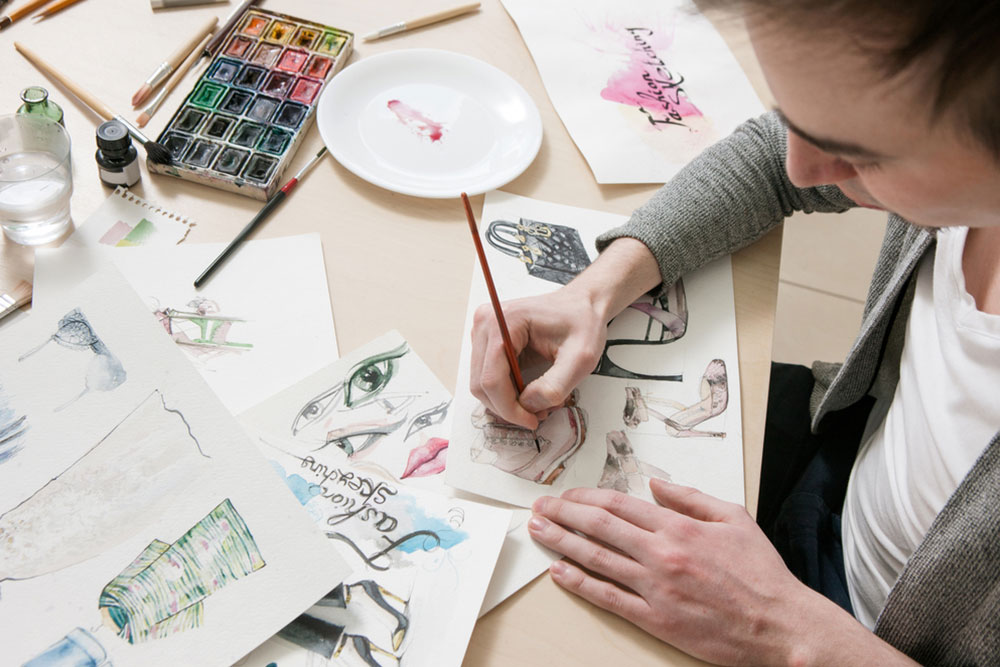Comprehensive Guide to Building a Robust Animation Curriculum for Future Creators
This comprehensive article offers an in-depth guide to building a complete animation curriculum, covering foundational principles, diverse animation styles, and essential skills needed for a successful career in animation. It emphasizes a balanced approach combining theory, technical skills, and practical projects, ensuring students are industry-ready and creatively versatile. Key animation styles like traditional, digital, and stop motion are thoroughly explored, highlighting their relevance and application in today’s media landscape. The guide serves educators and learners aiming to craft a curriculum that fosters innovation, craftsmanship, and storytelling excellence in animation.

Comprehensive Guide to Building a Robust Animation Curriculum for Future Creators
Animation remains one of the most dynamic and versatile fields within the creative arts and digital media industries. Its broad scope encompasses a wide range of skills, styles, and technological advancements, making it an exciting career choice for aspiring artists, storytellers, and technology enthusiasts. Developing a comprehensive animation curriculum is essential for preparing students and beginners to excel in this competitive industry. This article explores the fundamental elements that should be included in an effective animation educational program, delves into various animation styles, and discusses essential skills needed for success in the field.
Whether in online courses, college programs, or specialized workshops, understanding the core components of animation education is critical for building a solid foundation. These elements will ensure learners acquire both theoretical knowledge and practical skills, preparing them to meet the demands of modern animation production. From basic animation techniques to advanced digital workflows, a well-rounded curriculum covers all necessary aspects to foster creativity, technical proficiency, and industry readiness.
Understanding Animation: A Diverse Spectrum of Styles and Techniques
Before immersing yourself in the animation industry, it's vital to familiarize yourself with the different styles available. Each style offers unique challenges and opportunities, and choosing your area of focus depends on your artistic interests and career goals. Here are six principal animation styles that should be included in any comprehensive curriculum:
1. Basic Animation Fundamentals
At the core of all animation types lies the fundamental understanding of movement and timing. Basic animation involves simple techniques like keyframing, squash and stretch, and easing to create the illusion of motion on screen. This foundational knowledge lays the groundwork for more complex processes and software applications.
Primitive animation methods, such as flipbook animations, are the earliest examples of visual movement. These techniques date back to before the advent of film, where rapid sequences of drawings created the illusion of continuous motion. The Zoetrope, an early device that rotates illustrations to simulate movement, exemplifies this primitive yet innovative approach. Learning these basic principles helps students grasp the mechanics of animation and prepares them to advance into digital and traditional methods.
2. Traditional Hand-Drawn Animation
Traditional animation, prominent in the 20th century, involves drawing each frame by hand on transparent acetate sheets known as cels. These drawings are then photographed sequentially to produce smooth motion when played in rapid succession. Iconic cartoons such as Disney classics, "Snow White," and Warner Bros. cartoons exemplify this labor-intensive style. Although less prevalent today, traditional animation provides essential insights into timing, anatomy, and storytelling, which remain invaluable for animators.
Modern digital tools have revolutionized traditional techniques, allowing artists to simulate hand-drawn animation with software like TVPaint and Toon Boom Harmony. Incorporating traditional methods into a curriculum enhances students' understanding of motion principles and storytelling, making it a vital element of comprehensive animation education.
3. Digital 2D and 3D Animation
Advancements in technology have expanded animation possibilities dramatically. Digital animation encompasses both 2D and 3D styles, utilizing powerful software to create stunning visuals and complex scenes. Tools such as Adobe After Effects, Adobe Animate, and Toon Boom facilitate 2D animation, enabling artists to craft everything from simple character movements to elaborate animated sequences.
3D animation involves creating three-dimensional models of characters, environments, and objects. Software like Autodesk Maya, Blender, and Cinema 4D provides the tools necessary for modeling, rigging, and animating realistic characters and virtual worlds. Often integrated with motion capture technology, 3D animation has become a staple in blockbuster movies, video games, and virtual reality applications.
Teaching students how to utilize industry-standard software, understand 3D modeling workflows, and develop digital animation pipelines is crucial for preparing them for professional environments. Skills in digital compositing, lighting, and rendering are also essential components of this segment of the curriculum.
4. Stop Motion and Claymation Techniques
Stop motion animation is a distinctive style where physical objects are manipulated frame by frame to create movement. This technique fosters a hands-on approach and emphasizes craftsmanship. Using materials like clay, plasticine, or puppets, artists move objects incrementally, capturing each change with a camera.
Stop motion has a long history, with notable examples including Tim Burton's "The Nightmare Before Christmas" and the animated feature "Coraline." The process demands patience, precision, and an understanding of physical properties to produce convincing motion. Integrating stop motion into an animation curriculum teaches students about spatial awareness, set design, and practical effects, broadening their creative toolkit.
Learning stop motion also incorporates skills related to set building, model making, lighting, and camera techniques, making it a comprehensive educational experience.
Key Elements to Include in an Effective Animation Curriculum
Theoretical Foundations: Cover the principles of animation, storytelling, timing, and motion to develop a solid conceptual understanding.
Technical Skills: Provide hands-on training in industry-standard software, hardware, and production pipelines.
Creative Development: Encourage experimentation with different styles, storytelling techniques, and visual aesthetics.
Practical Projects: Incorporate real-world projects and portfolio development to prepare students for professional opportunities.
Industry Exposure: Facilitate internships, guest lectures, and collaborations with industry professionals to bridge the gap between education and employment.
Conclusion
Designing a comprehensive animation curriculum requires a careful balance of theoretical knowledge, technical proficiency, and creative exploration. Exploring diverse animation styles—from traditional hand-drawn work to cutting-edge digital techniques—provides learners with a broad skill set and versatile portfolio. Equipping students with these core elements prepares them to thrive in an ever-evolving industry driven by innovation and storytelling. Whether pursuing careers in film, gaming, advertising, or media production, a well-rounded education in animation opens numerous pathways for creative expression and professional growth.




